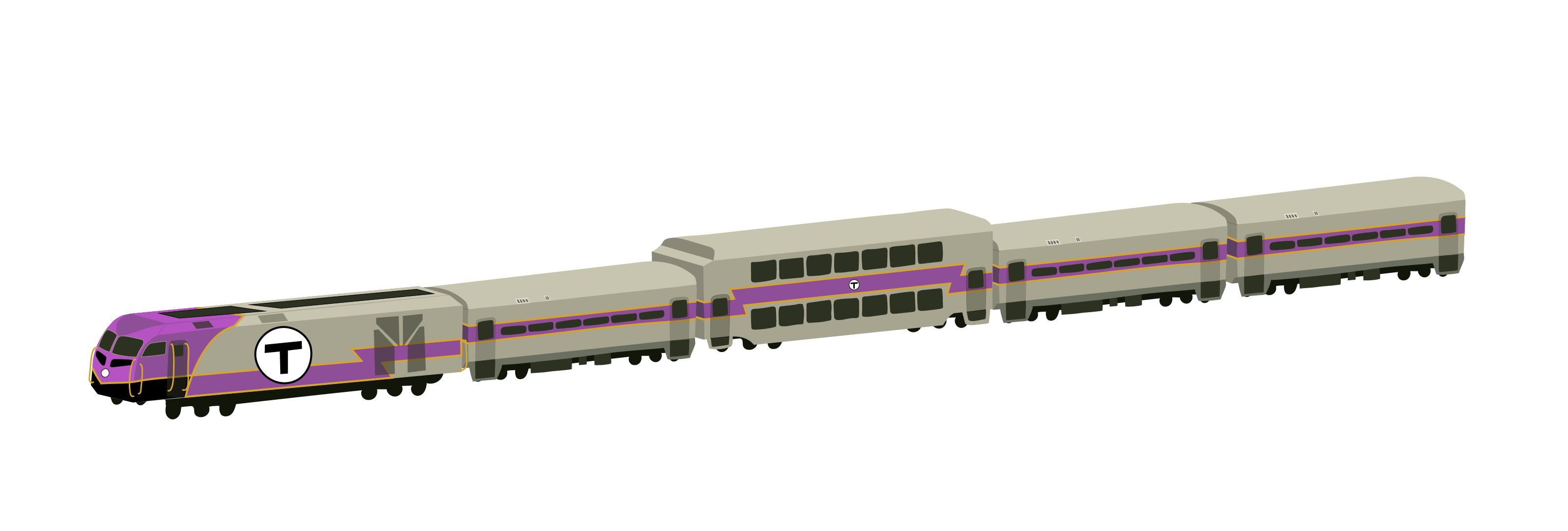

Fairmount Stories:
Mobility, Advocacy, and Environmental Justice
Hi there! My name is Maria.
Welcome to Dorchester, Massachusetts!
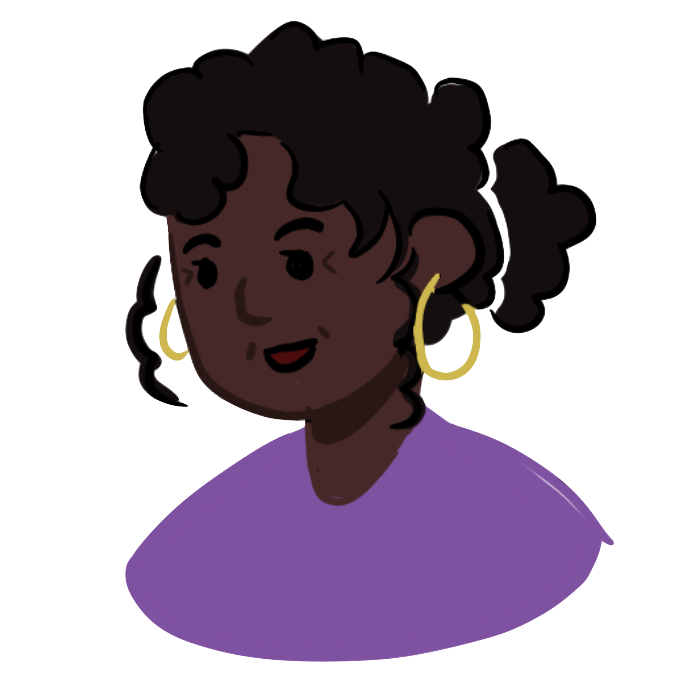
I've lived here my whole life. I am an educator and recently bought a townhouse close to the MBTA Fairmount commuter rail line. The Fairmount Line has become a big part of how I view my community now.

When I think of my community, things like access, unity, history, and action come to mind...

I live near the Four Corners / Geneva station on the Fairmount Line. For me, the Fairmount Line is connected to a lot of good memories.
I love taking my grandkids to the Boston Children's Museum — we get off at South Station in Downtown Boston.
And it's just a 15-minute ride on the Fairmount Line! It saves me from having to take a bus and a train. I enjoy riding through my community as well!
The Fairmount Line has become a big part of my community, one I am really appreciative of.
The line is a part of other communities nearby, too.
Let me show you!
At A Glance
The Fairmount Line consists of 9 stops throughout Boston.
The Fairmount Line services four major neighborhoods, and has the highest percentage of ridership comprised of people of color in low to middle income households in the MBTA commuter system.
The line starts and ends entirely within the limits of the City of Boston, similar to the city's subways and light rail. Despite this, it's still classified as a commuter rail line.
It takes only 30 minutes for a train to complete its 9 mile course one-way, making it a faster option for residents than driving or taking the bus.
If I'm going to South Station, we're gonna take the commuter rail as opposed to taking the bus and then another train.


To me, the Fairmount Line is...
If you live near the Fairmount Line,
how do you feel about it?
(click the circles below!)
How Many People Share Your Feelings About The Line?
Sorry, something went wrong. Please try again.
What Do People Care Most About Overall?
#1
5 votes
23% voters
#2
3 votes
14% voters
#3
3 votes
14% voters
But it didn't always look the way it does today. Did you know there's a long history of community action on the Fairmount Line?
Let me tell you about it!

Building for the Community
Growing up in the 70's, I remember how the line passed right next to my backyard, but it didn't actually stop anywhere near my house.

To actually serve the communities it runs through, we needed more stations to be built along the Line.

2005
Action to Increase Stops
Due to pressure from community activists and the EPA, the MBTA agreed to make improvements to the existing Fairmount Line and begin efforts to add more stops.
Thanks to these efforts, access and connectivity for the Fairmount Corridor improved considerably.
Curious about transit accessibility in your area?
Check out the AllTransit tool!
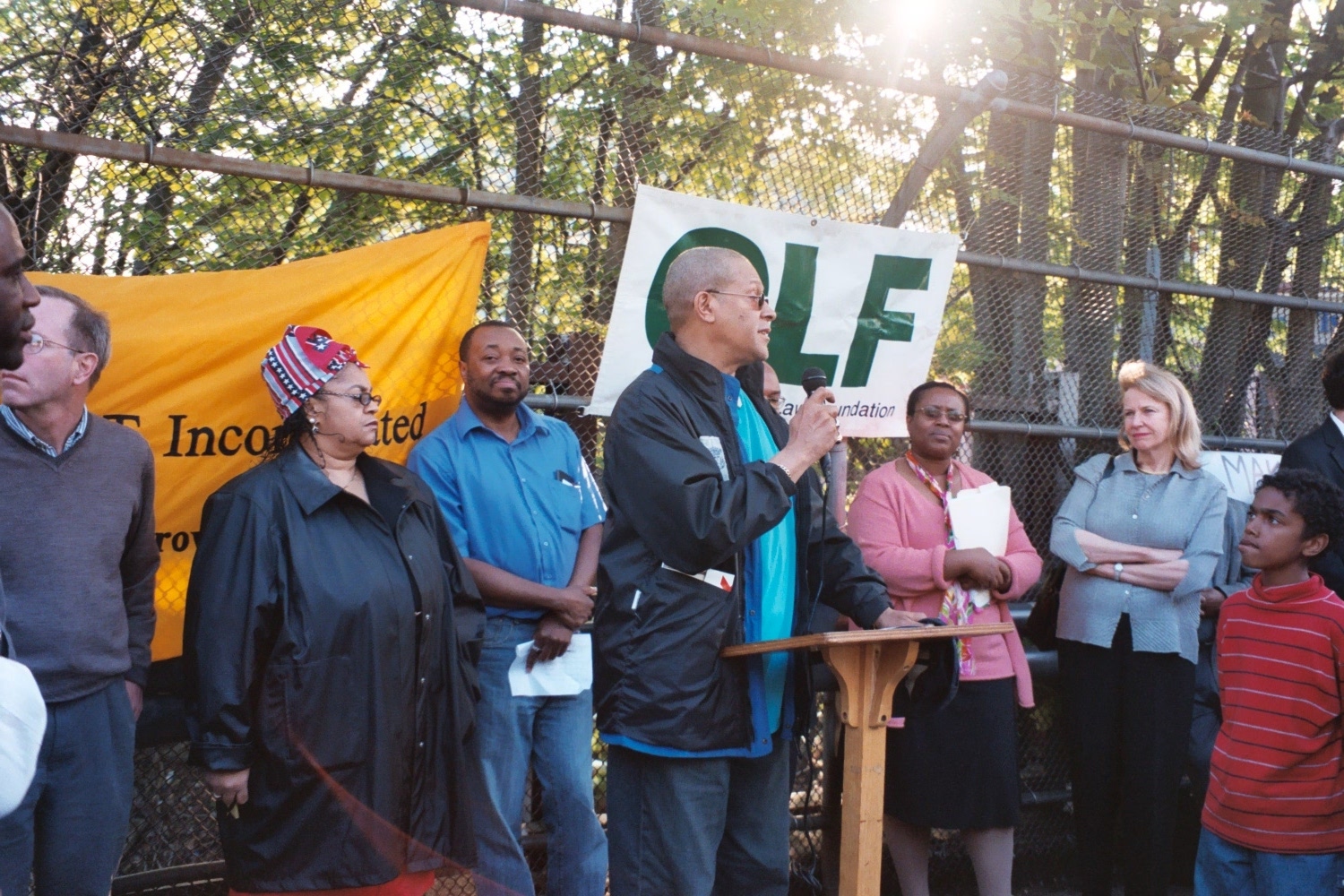
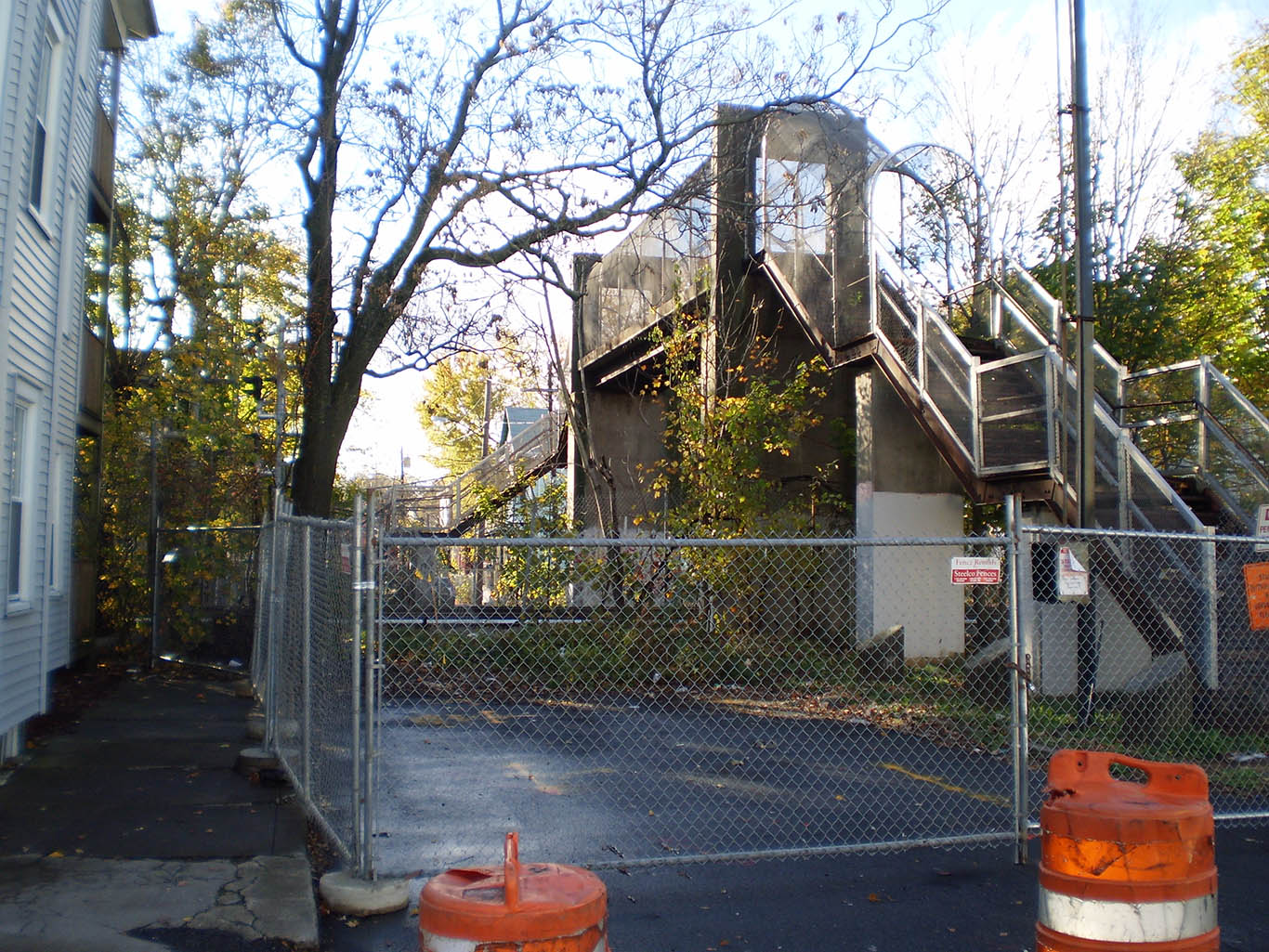
Before 2012, we only had three stops plus the terminals at South Station and Readville. I've lived here for 52 years, but until 2013 we didn't even have my station, Four Corners.

2012-2019
4 More Stops Added
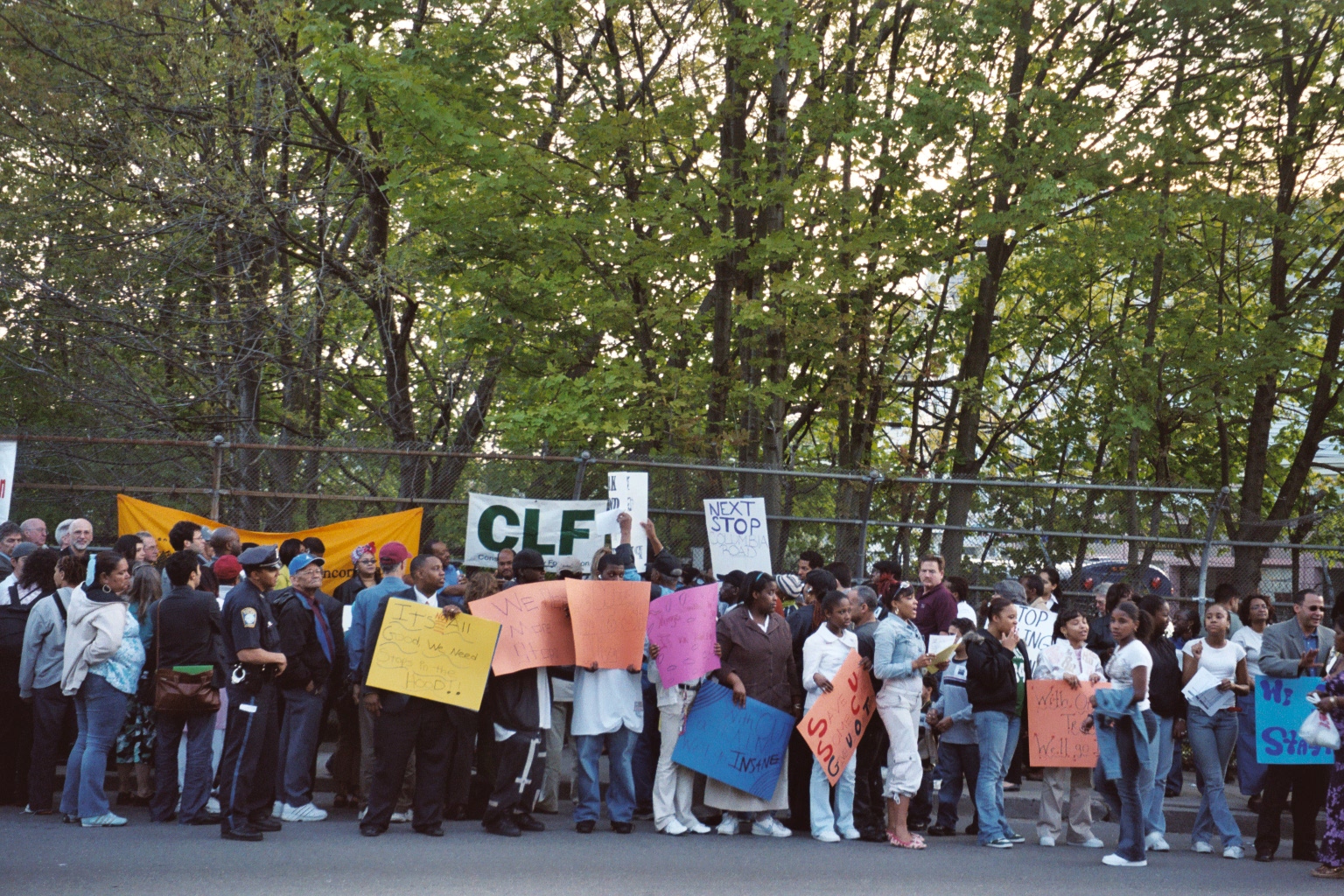
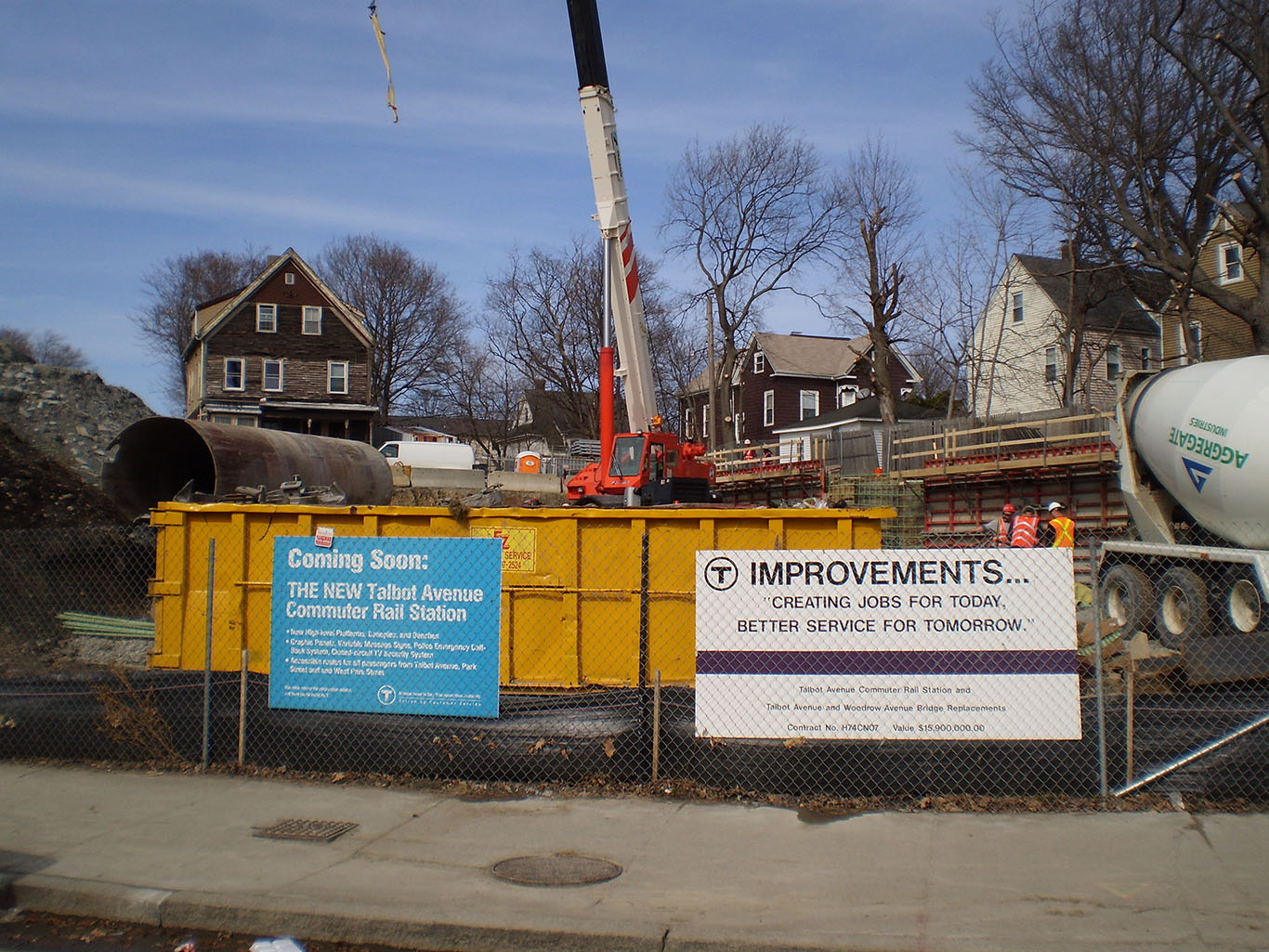
As part of the Fairmount Indigo Transit Coalition, me and others along the line pushed for four more stops to be built.

The mayor, city and state officials, and local health leaders came together with community advocates to help get these stops built. Seeing the end result made me feel really good to be a part of making it happen!

2020
More Frequent Trains
In an effort to increase transit equity, the MBTA piloted a program to run trains every 45 minutes on weekdays. This schedule was made permanent in 2022.
Every 45 minutes is pretty frequent, and you can plan around that. But you know, they could bring it down to 15 minutes or less. Trains coming more than once an hour would really make it easier to get in and out of Boston.

How often do you wish the train would come?
(click one)
2023
Ridership Increases
In 2023, there were significantly more riders on the line than before COVID-19. Ridership is now at 130% of 2019 levels.
Source: MBTA
2023
Ridership Increases
In 2023, there were significantly more riders on the line than before COVID-19. Ridership is now at 130% of 2019 levels.
Source: MBTA
Today
A Staple of the Community
Thanks to years of local and state efforts, the train has become an important source of transit access that is efficient and simple for the communities it serves.
But our fight doesn't end there. This long legacy of community-led action continues today!

The Future
Equity beyond Access
“The term “equity” means the consistent and systematic fair, just, and impartial treatment of all individuals, including individuals who belong to underserved communities that have been denied such treatment.”
Access, as important as it is, is not equity. Our community is still working towards broader transit equity.

Moving into the future
A big effort right now is reducing the negative health impacts of the Fairmount Line by electrifying the line!

Currently, the engines that move the trains are powered by diesel fuel.

These engines release diesel exhaust into the air.

Let's take a look at what's in the air around the Fairmount Line.

Click on an icon to learn more about what's in the air!
One train passing by isn't that bad...
...but many trains per day...
...even more trains per week...
...starts to add up, meaning that there's a higher concentration of particulate matter in the air.
This means that the air quality is less healthy.
Curious about the impacts on the surrounding community? Learn more at Air Partners!
Air quality is especially important because Fairmount Corridor communities already have higher rates of asthma, specifically among children. About 20% of the population under 18 suffers from asthma.
Air pollution is a direct cause of asthma and other respiratory problems. In older adults, poor air quality can also result in Chronic Obstructive Pulmonary Disease, commonly known as COPD.
These factors are in part why many of the areas along the Fairmount Line are considered Environmental Justice communities. In essence, they bear the burden of local environmental problems.
In Massachusetts, an area is considered an Environmental Justice community if any of the following are true:
Source: mass.gov
In these communities,
Environmental Justice is a personal issue.
Below are quotes from Fairmount Corridor residents about what Environmental Justice means to them.
"Having healthy lungs, and a clean body."
— Dorchester Resident
"I think it means equal access to not only public transit but other modes of transit as well, and I think one of the big things that is important are bike lanes; I ride my scooter to the train station, and there are bike lanes throughout Boston, and I know they're adding more, but safety is also important!"
— Fairmount Resident
"There's such a huge difference in what I found or what my family found, living in a very rural area that had lots of vegetation, lots of trees, compared to living in concrete forest, if you may call it that. You can feel it."
— Upham's Corner Resident
"I think it means ensuring that different places are either equally impacted by climate change-type events or that, if they are disproportionately impacted, steps are taken to mitigate what's going on."
— Hyde Park Resident
"I've cleaned soot off the windowsills in my home for over 20 years... they should be white, and they're always black."
— Dorchester Resident
What does Environmental Justice mean to you?
— Resident from ...
When our community works together — as a whole and in a collective — we can get things done properly, with ethics and transparency.

The work to come is challenging, but we can do it.
So let's live in the solution!




